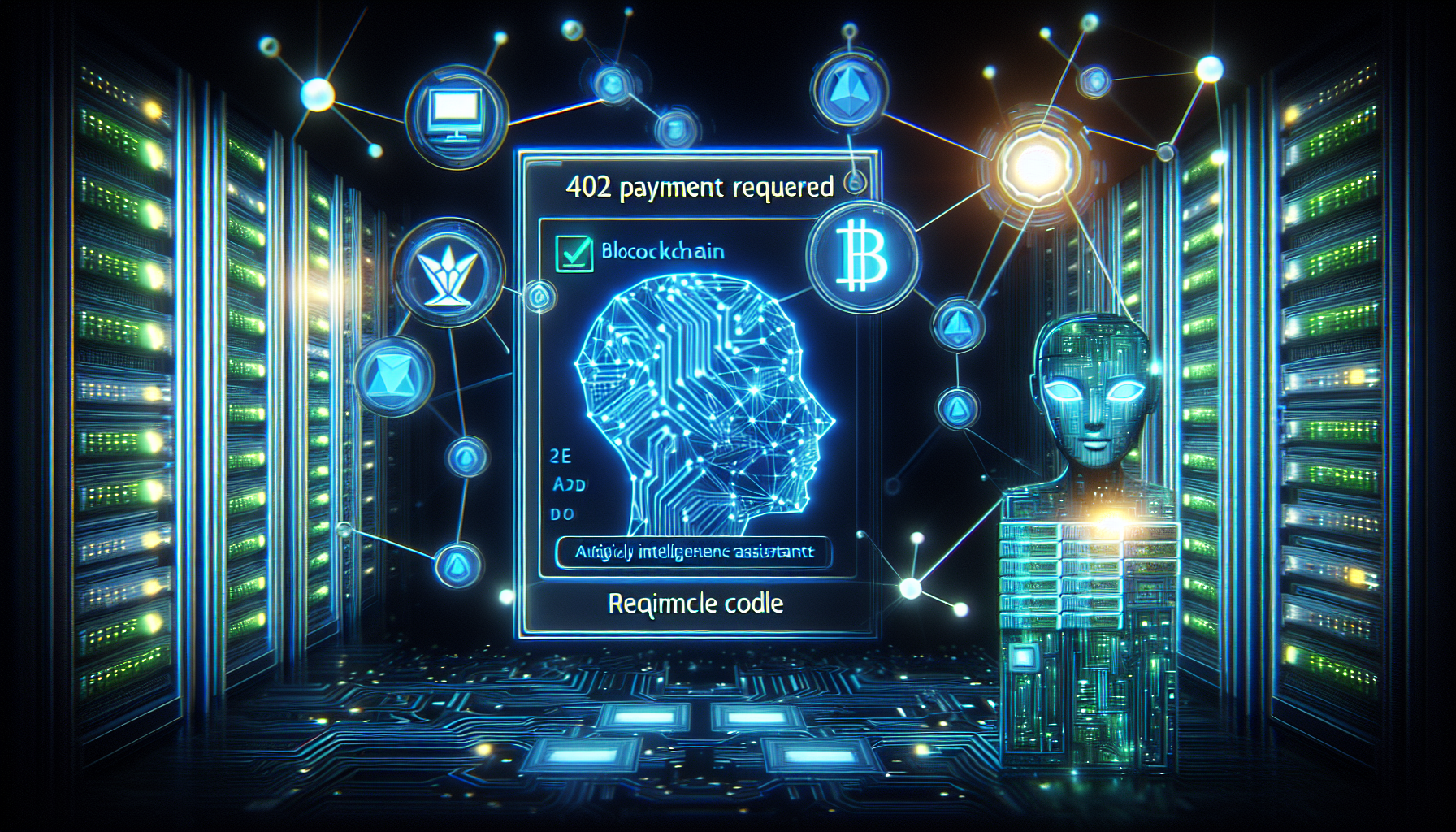
tl;dr
Coinbase and Cloudflare's x402 protocol turns the HTTP 402 Payment Required code into a machine-to-machine payment system, enabling AI assistants and bots to pay for web services automatically—without human intervention.
**Revolutionizing Web Payments: Coinbase and Cloudflare Unveil x402 Protocol for Automated Transactions**
Imagine a world where your AI assistant doesn’t just search the web—it pays for the information it finds. No subscriptions, no friction, just seamless, real-time transactions between machines. That’s the vision of the x402 Foundation, a groundbreaking initiative from Coinbase and Cloudflare. By repurposing the obscure HTTP “402 Payment Required” code, the duo is laying the groundwork for a future where digital agents, crawlers, and AI systems can pay for online services autonomously.
### The Problem: A Web Ignoring Its Own Rules
Every day, bots, crawlers, and automated systems encounter “402 Payment Required” messages—standard HTTP error codes indicating a service requires payment. But here’s the catch: these messages are almost always ignored. Machines lack the instructions to respond, pay, or complete the transaction. The result? A web where automated tools are stuck in limbo, unable to access paid content or services.
Coinbase first proposed the idea of a “payment flow” for these systems, and now, with Cloudflare’s backing, the x402 protocol is becoming a reality. The goal? To turn the 402 code from a dead end into a functional payment system.
### How x402 Works: Payments in Real Time
Here’s the magic: When a digital agent—like an AI tool or web crawler—tries to access a paywalled article or service, the server sends a 402 message. This message isn’t just a warning; it’s a detailed invoice. It specifies the amount due, the recipient, and the terms of payment. The client then resubmits the request with proof of payment in the authorization header. A payment facilitator verifies the transaction, and the server delivers the content.
The system currently relies on stablecoins like USDC for speed and predictability, but the x402 Foundation plans to expand to credit cards and bank accounts, making the protocol accessible to all.
### Cloudflare’s Twist: Deferred Payments for AI
Cloudflare is taking the protocol a step further with a “deferred payment” model. Think of it as a credit card for machines. Instead of paying for each interaction in real time, digital agents can accumulate small charges and settle them in bulk later. This is especially useful for AI systems that make dozens of microtransactions daily—like an assistant fetching research papers or images.
The process works via cryptographic proofs: The client agrees to pay, and the server verifies this proof instantly. The actual payment can happen later, using stablecoins or traditional methods. It’s a win for efficiency, ensuring AI tools stay active without getting blocked by constant payment requests.
### Real-World Implications: A Web Rewired for Automation
The possibilities are endless. Imagine an AI assistant that doesn’t need a monthly subscription to access multiple sites. Or a crawler that pays for individual data points instead of scraping entire platforms. The x402 protocol could revolutionize how machines interact with the web, creating a more dynamic and fair ecosystem.
Cloudflare has already integrated x402 into its Agents SDK and MCP servers, giving developers a head start. The company even launched a “testing playground” with a mock wallet using testnet USDC, allowing creators to simulate real-world transactions.
### The Road Ahead
While the x402 Foundation is still in its early stages, its potential is undeniable. By standardizing machine-to-machine payments, Coinbase and Cloudflare are paving the way for a future where automation isn’t just possible but seamless. As the protocol evolves to support more payment methods, it could bridge the gap between the digital and financial worlds—transforming how we interact with the internet.
So, the next time your AI assistant fetches a research paper, remember: it might just be paying for it in the background. And that’s the future of the web—powered by code, not credit cards.